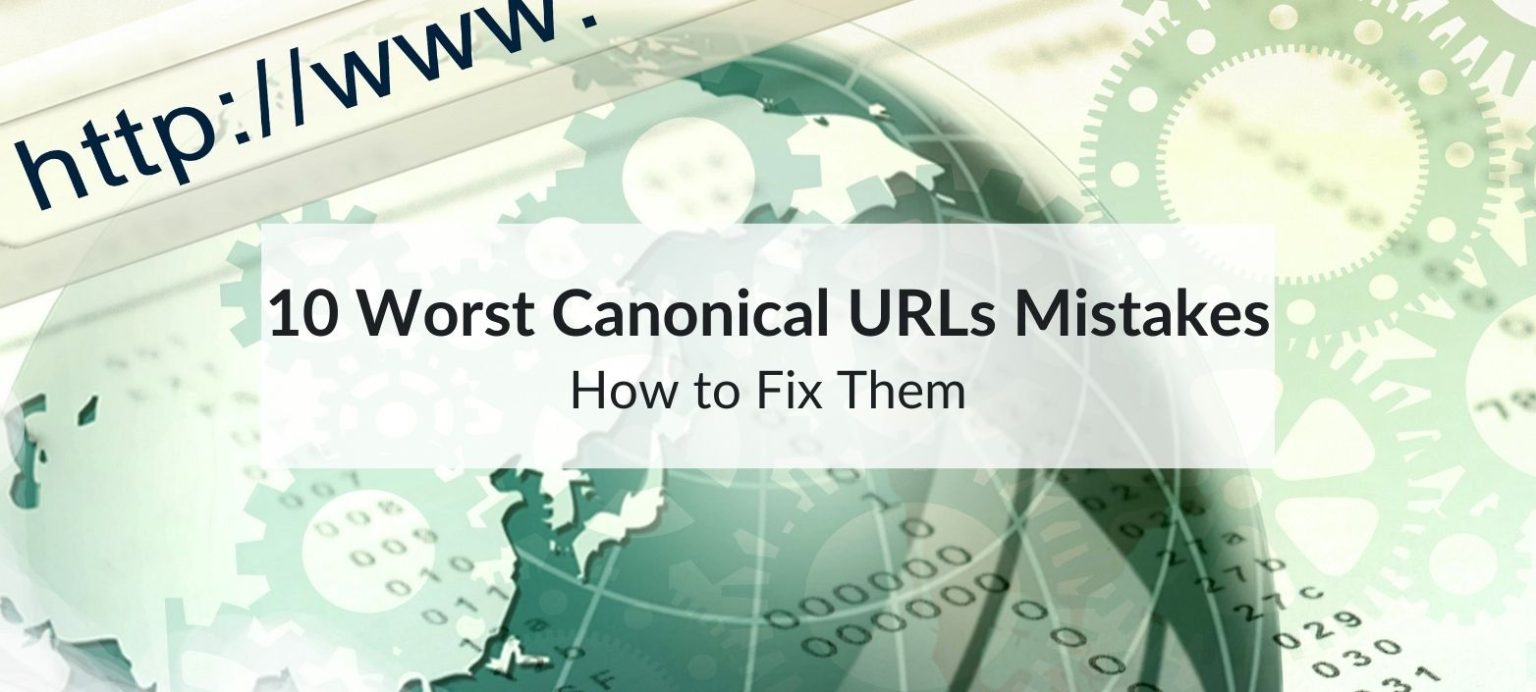Canonical URLs are an essential part of managing SEO for a Magento store. They help search engines understand which version of a page should be indexed, preventing duplicate content issues that can hurt rankings. However, many store owners make errors when setting them up, leading to problems like wasted crawl budgets, keyword dilution, and incorrect indexing.
This guide covers the ten most common mistakes and practical ways to fix them.
1. Missing Canonical Tags Altogether
One of the biggest mistakes is failing to set canonical tags. Without them, search engines might index multiple variations of the same page, splitting ranking potential.
How to Fix
Ensure that all product, category, and CMS pages have a properly defined canonical tag. In Magento, this can be configured under Stores > Configuration > Catalog > Search Engine Optimization, where you can enable canonical URLs for products and categories.
2. Canonical Tags Pointing to the Wrong URL
Setting a canonical tag incorrectly can lead search engines to ignore the right version of a page. For example, if a product page canonicalizes to the wrong category, it may not rank as expected.
How to Fix
Manually check canonical tags using browser developer tools or SEO audit software. If incorrect, update them in the Magento admin panel or use a module that dynamically sets the right canonical URL based on your store’s structure.
3. Using Self-Referencing Canonicals on Paginated Pages
Paginated category pages often include self-referencing canonical tags, causing search engines to ignore all but the first page. This can limit visibility for deeper pages that contain valuable products.
How to Fix
Instead of setting each paginated page to self-canonicalize, use rel=”next” and rel=”prev” tags. However, since Google has stopped using these for indexing, another approach is to ensure each page stands on its own with unique content and strong internal linking.
4. Applying Canonicals to Faceted Navigation URLs
Magento stores often generate multiple URLs for the same category due to layered navigation filters (e.g., color, size). If these URLs are indexed, it can create duplicate content issues.
How to Fix
Set canonical tags on filtered pages to point back to the main category page. Additionally, configure your robots.txt file or meta robots tags to prevent indexing of faceted navigation pages.
5. Ignoring HTTP vs. HTTPS Canonicals

If a Magento store has both HTTP and HTTPS versions indexed, search engines might see them as separate pages, causing ranking dilution.
How to Fix
Ensure that canonical tags always point to the secure (HTTPS) version of the page. This can be done in Magento by setting Use Secure URLs on Storefront to Yes under Stores > Configuration > Web. Also, update your .htaccess file to force HTTPS redirects.
6. Wrong Canonicals on Multi-Store Setups
Magento allows store owners to run multiple storefronts under one installation. However, if canonical tags are misconfigured, Google might index the wrong version or consolidate rankings incorrectly.
How to Fix
For multi-store setups, ensure that each store has its own unique canonical URLs. Magento’s built-in SEO settings allow you to configure canonical base URLs separately for each store view.
7. Setting Canonicals for Every URL Parameter
Some stores mistakenly set unique canonical tags for URLs with tracking parameters (e.g., UTM codes). This can create indexing confusion and reduce the effectiveness of canonicalization.
How to Fix
Canonical tags should always point to the clean version of a URL, without tracking parameters. Google Search Console allows you to specify parameters that should be ignored for indexing.
8. Canonicalizing to Non-Indexable Pages
A canonical tag should always point to an indexable page. If it points to a noindex page, search engines might exclude both versions from rankings.
How to Fix
Check whether the target URL of the canonical tag is set to noindex using an SEO tool. If so, either remove the noindex directive or adjust the canonical tag to point to an indexable page.
9. Overlooking Canonicals in XML Sitemaps
If your sitemap contains URLs that conflict with your canonical settings, search engines may struggle to determine which version to prioritize.
How to Fix
Ensure that only canonical URLs are included in the XML sitemap. In Magento, this can be managed under Stores > Configuration > Catalog > XML Sitemap by adjusting settings to exclude non-canonical pages.
10. Not Regularly Auditing Canonical Tags
Even if canonical URLs are set correctly, changes in the store’s structure, product availability, or migration updates can cause errors over time.
How to Fix
Conduct regular SEO audits using tools from 5MS to check for broken or conflicting canonical tags. Whenever changes are made to the store, review canonical settings to ensure they align with your SEO goals.
Final Thoughts
Canonical URL mistakes can lead to wasted SEO efforts, lost rankings, and indexing issues that hurt a Magento store’s visibility. By avoiding these common pitfalls and keeping canonical tags properly configured, store owners can improve search performance and ensure their site remains well-optimized. Regular audits, proper configuration in Magento’s backend, and SEO-friendly URL structures will go a long way in preventing duplicate content problems.

